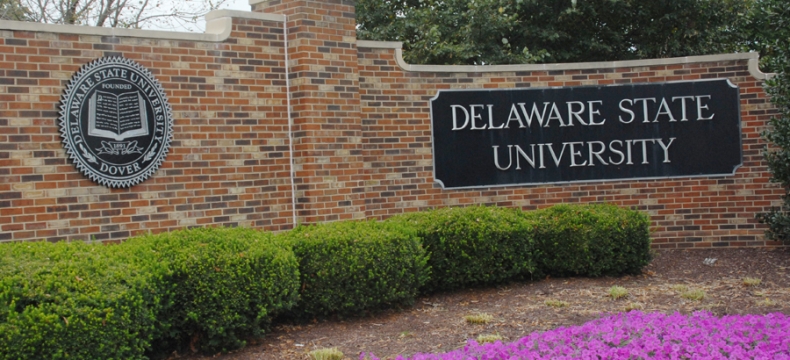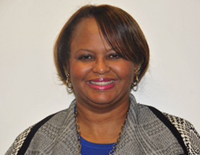
Gates Foundation Publishes Article by Dr. Teresa Hardee
The Bill and Melinda Gates Foundation has published an article on DSU's data-driven process for achieving operational sustainability and student success, written by Dr. Teresa Hardee, chief operating officer and senior vice president of Finance and Administration.
The below article was published on the BMGF website:
Better by the Numbers
|
|
January 27, 2016
Like many smaller colleges and universities, my institution (Delaware State University, a Historically Black University) is laser-focused on two priorities: increasing student success and achieving operational sustainability. We are committed to achieving those goals while remaining faithful to our mission of providing educational opportunity to historically underserved groups.
Our board of trustees has set ambitious performance targets for reaching those goals, such as an 80 percent retention rate and improving our four-year graduation rate by 4 percentage points per year. We are making progress toward those targets – for example, our retention rate is now above 70 percent – but still have gaps to close. And they may be the hardest ones.
So how are we tackling that task? By doubling down on data. We have loads of data, but the challenge is turning it into information. So we established a data transformation team to start analyzing raw data. This cross-functional team is led by me and includes institutional research, faculty, a dean, a business process re-engineering director, and a business analytics/data scientist. This group functions as a think tank, analyzing data and focusing on its uses for decision-making.
Specifically, we are employing data mining approaches that were originally developed for use in large business datasets, adapting them to an educational environment. In particular, we are using predictive modeling techniques that go beyond traditional statistics to unpack driving forces behind students’ success.
Our focus has led us to deploy decision trees to predict students’ retention and identify key factor(s) that may lead to attrition. During this process, we have identified attributes that are correlated with retention/attrition (financial, demographic, socioeconomic, and academic). Decision trees can provide rules that explain key components of higher education process: enrollment, retention and timely graduation.
We are working on the combination of decision tree models with sequential pattern mining to determine the characteristics of successful students (in this case, those graduating within four years). This helps us to identify students at risk and streamline best advising practices via Individual Developmental Plans (IDPs). The ultimate goal is to provide holistic, data-driven personalized academic advising that can best address any need for remedial actions and provide efficient scheduling.
Additionally, we use our data to develop, pilot, and document different initiatives designed to improve results for more students. For example, we are now using multiple measures (SAT, performance in last high school math course, GPA) to place students in remedial courses, rather than a single test. Using a more holistic and predictive approach, we moved more students directly into credit-bearing courses, where they performed well, reducing their time-to-degree and increasing the likelihood they will finish in four years. It’s a win for the student and a win for us.
We at Delaware State know that we still have our work cut out for us in meeting the expectations of our board, and more importantly, our students. However, we are confident we are on the right track, guided by data that don’t give us the answers but help us ask the right questions.


 Dr. Teresa Hardee
Dr. Teresa Hardee